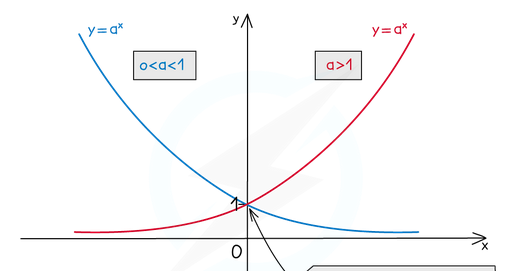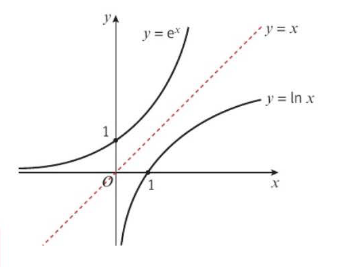exponentials and logarithms (y1)
1/10
There's no tags or description
Looks like no tags are added yet.
Name | Mastery | Learn | Test | Matching | Spaced |
|---|
No study sessions yet.
11 Terms
exponential functions
f(x) = a^x

e
an irrational mathematical constant, 2.71828...
the point at which an exponential function's graph and the graph of its gradient function is the same
if y = e^x, dy/dx = e^x
exponential growth/decay
where the rate of increase/decrease is proportional to the size- i.e. grows by x% each year
exponential modelling
e^x is suitable to model exponential growth, and e^-x is suitable to model exponential decay
logarithms
the inverse of exponential functions
loga n = x is equivalent to a^x = n
i.e. log3 9 = 2 is equivalent to 3^2 = 9
laws of logarithms- +/-
loga x + loga y = loga xy
loga x - loga y = loga x/y
laws of logarithms- x^k
loga (x^k) = kloga x
laws of logarithms special cases
loga 1/x = loga (x^-1) = -loga x
loga a = 1
loga 1 = 0
logarithms and non linear data
if y = ax^n then the graph of log y against log x will be a straight line with gradient n and vertical intercept log a
natural log
ln- equivalent to log e
e^(ln x) = x
logarithmic graphs
the graph of y = ln x and the graph of y = e^x are reflections in the line y=x
as y = ln x does not cross the y axis it is only defined where x is positive
